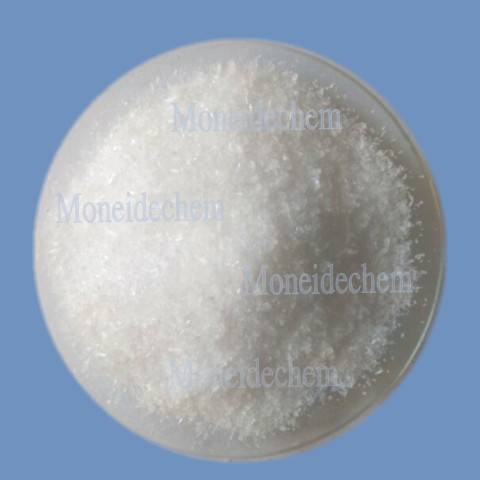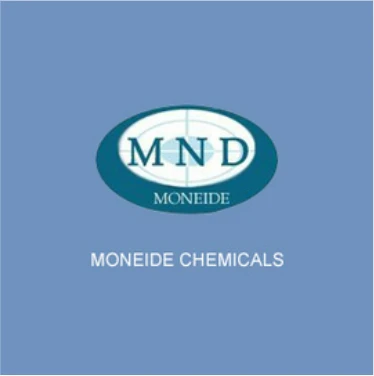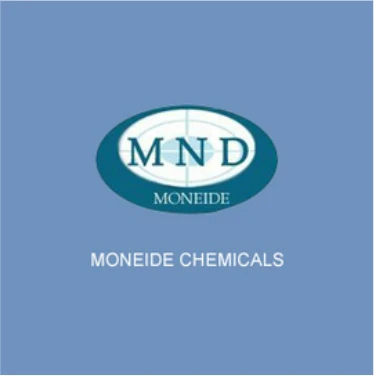モネイドケミカルズ
電話: 86-315-8309571
WhatsApp/WeChat/モバイル: 0086-15633399667
Skype: janet-honest
住所: 2-7-523 Jidong Building Materials Tangshan, Hebei 064000 China
エテンチオ尿素
|
化学名 |
エテンチオ尿素 |
|
Synonyms |
1,3-Ethylenethiourea; 2-Imidzolidnethione; Imidazoline-2-thiol |
|
CAS番号 |
96-45-7 |
|
EINECS番号 |
202-506-9 |
|
分子式 |
C3H6N2S |
|
分子量 |
102.16 |
|
分子構造 |
|
|
詳細 |
Appearance: White crystal Consumption (g/KAH): 0.01~0.05 |
|
主な用途 |
It is soluble in hot alcohol solution. It is used as brightening agent for copper plating and combined with acidic copper plating brightener M, SP and so on.
|
Ethenethiourea (also known as 2-imidazolidinethione or ethylenethiourea, ETU) is an organosulfur compound with a cyclic thiourea structure, offering excellent thermal stability, reactivity, and metal-binding capability. It is primarily known for its role in the rubber industry, as well as in chemical synthesis and industrial processing.
1. Rubber Vulcanization Accelerator
Ethenethiourea is most widely used as a vulcanization accelerator in the production of neoprene rubber (polychloroprene). It helps improve the cross-linking process, enhancing rubber elasticity, strength, aging resistance, and heat stability. It is critical in manufacturing hoses, seals, belts, and gaskets.
2. Intermediate in Chemical Synthesis
ETU serves as a building block or intermediate in the synthesis of various agrochemicals, pharmaceuticals, and dyes. Its reactive thiourea group allows for the formation of complex organic molecules, including heterocyclic compounds.
3. Corrosion Inhibition
Due to its metal-chelating ability, ethenethiourea is used in corrosion inhibitor formulations, especially for copper and steel, in industrial cooling water systems or metal cleaning solutions.
4. Electroplating Additive
In electroplating processes, ETU can act as a brightener or leveling agent, helping to produce smooth and uniform metal deposits, particularly in nickel plating baths.
5. Photographic and Imaging Chemicals
Ethenethiourea is also utilized in the production of photographic chemicals and imaging agents, where its stability and sulfur reactivity contribute to the performance of light-sensitive compounds.






























